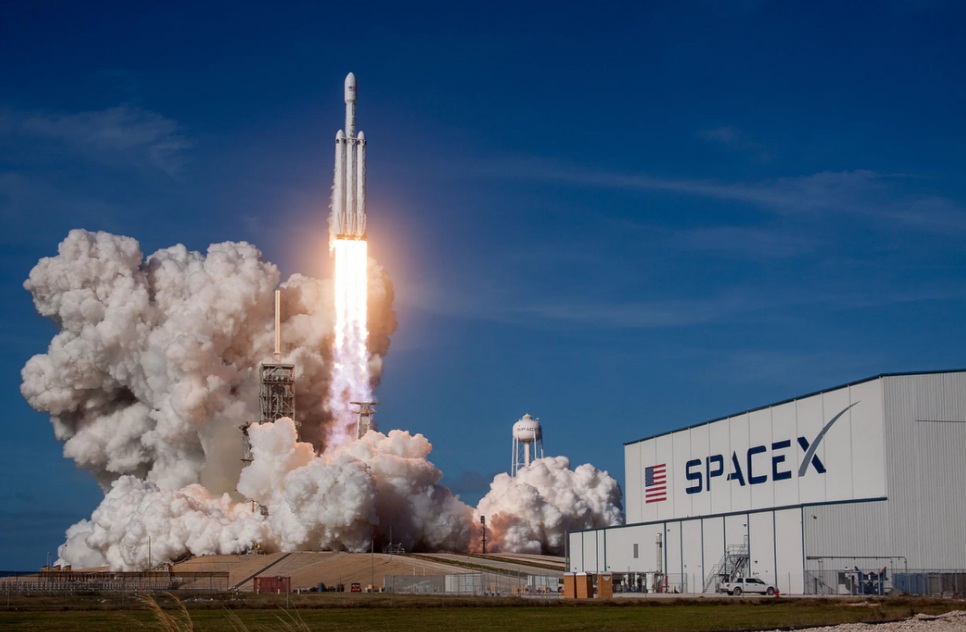The conflict is evident from the get-go: the world’s most famous government-controlled space agency might join forces with the world’s most famous private space exploration company. And yet, that is exactly what the NASA chief is planning to do in order to send humans to the Moon by 2024.
Yesterday, NASA Administrator Jim Bridenstine held a meeting for his agency’s employees to discuss future lunar missions, specifically the goal established by Vice President Mike Pence last week during a space policy speech in Huntsville, Alabama.
When asked about possible ideas for launching the agency’s Orion spacecraft into orbit around the Moon, Bridenstine mentioned various options, including the Delta IV Heavy rocket by the United Launch Alliance (ULA), the Falcon Heavy rocket by SpaceX, or interestingly enough, a combination of the two.
As a passionate advocate for space research and exploration, the mere idea of using immensely powerful rockets, regardless of the manufacturer, appeals to Bredenstine, who believes that the “visuals would be beautiful”.
While the idea of using commercial rockets was ditched by NASA for its 2020 lunar mission, due to a variety of reasons including launchpad issues and technical flaws within Orion, an ingenious idea proposed by Bridenstine might just ensure that this won’t be the case for the 2024 mission. What’s more, it involves SpaceX and ULA – two fierce competitors – collaborating with each other.
Conventionally, it was believed that the only technology capable of launching Orion into orbit was NASA’s Space Launch System (SLS). However, Bridenstine revealed that another possible (and even more exciting) option was a Falcon Heavy rocket integrated with ULA’s Cryogenic Propulsion Stage.
This idea of a seemingly absurd combination clearly amused the NASA chief himself, who went on to say, “Talk about strange bedfellows.”
All grand propositions are not without their problems, and this novel idea is no different. To start with, Bridenstine has not been able to convince his chief of human spaceflight, William Gerstenmaier, to consider this approach.
According to Gerstenmaier, they would have to face a number of challenges, including the integration of the Falcon Heavy rocket into a horizontal position and then loading it with the Orion spacecraft. Furthermore, this would be more payload than the rocket normally carries, and there is no way to know if the whole system will be compatible anyway.
However, this does not discourage Bridenstine as he is willing to take the tremendous risks and challenges head-on, and the world might just be all the better for it.
“It would require time [and] cost, and there is risk involved,” Bridenstine said. “But guess what—if we’re going to land boots on the Moon in 2024, we have time, and we have the ability to accept some risk and make some modifications. All of that is on the table. There is nothing sacred here that is off the table. And that is a potential capability that could help us land boots on the Moon in 2024”, he added further.




 Vivo adds Y93 to its budget-friendly Y-Series for Pakistani market
Vivo adds Y93 to its budget-friendly Y-Series for Pakistani market